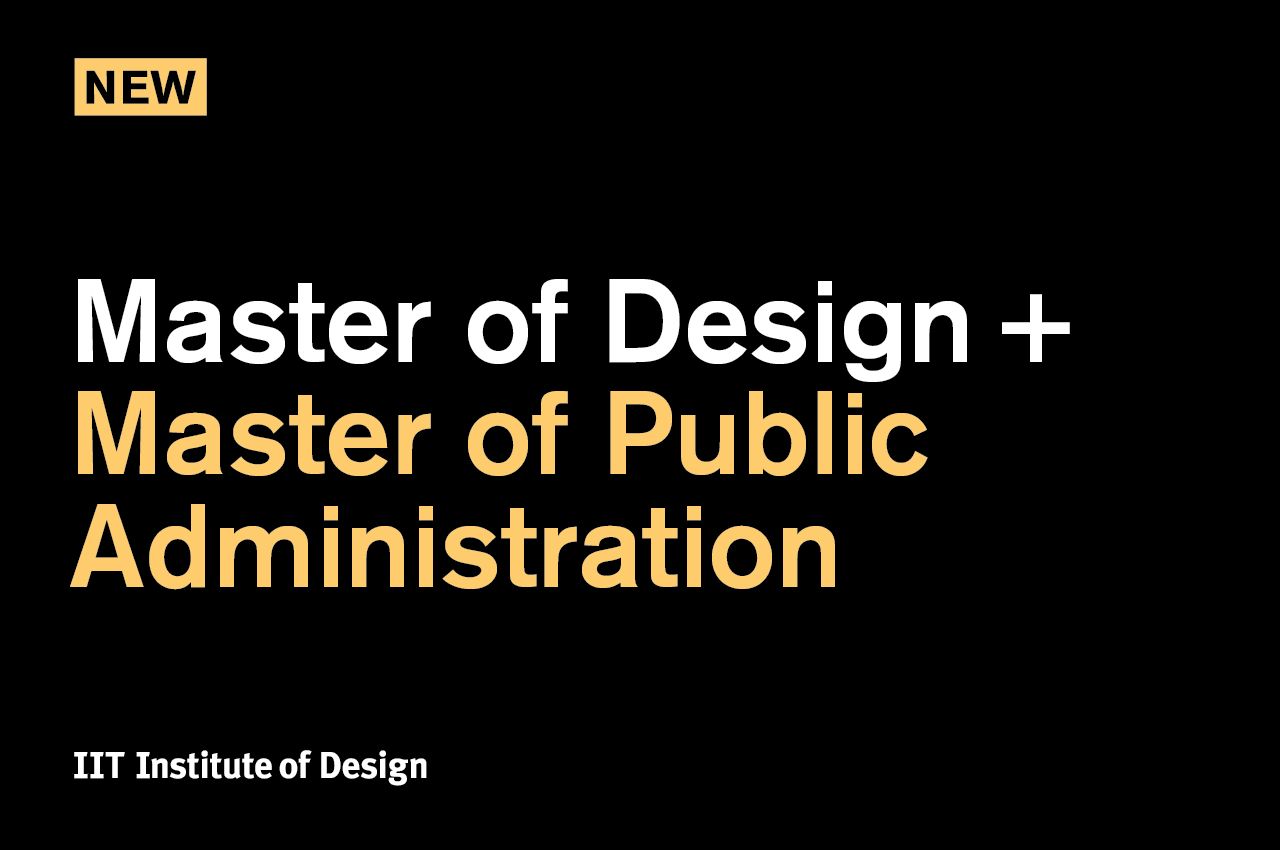Designing New Ways to Solve Problems in the Civic Sector
Design and Public Administration Link Up for Unique Dual-Degree Program at Illinois Tech

With a bachelor’s degree in engineering and business, a budding career as a consultant, and a passion for public transit, Catalina Prada went searching for a graduate program that encompassed her interests and ambitions. She could not find an exact fit.
Now there is one—the first-of-its-kind Master of Design (M.Des.) and Master of Public Administration (M.P.A.) dual-degree program at Illinois Institute of Technology—and in a few months Prada will be the program’s first graduate.
“When I chose Illinois Tech and the Institute of Design (ID), I was looking for civic design and how design can be used in the public sector,” she says. “The mixture of public administration and design sort of rang the bell. It is a very up-and-coming discipline or space of work.”
As a driver of innovation in the design field, faculty and students at ID have spent years bringing design into the public sector; for example, they recently tackled the City of Chicago’s parking ticket practices. And as the inaugural Government Innovation Fellow at Bloomberg Philanthropies, advising the organization on how to optimize innovation processes in cities nationwide, ID Dean Denis Weil is well attuned to understand how human-centered design practices can make a difference in the way cities are governed.
“One of the key challenges that governments face, and where design comes in, is with relations,” says Weil. “How can they facilitate resident participation? Well, designers are facilitators and integrators, individuals who can synthesize these ideas and put them together and bring them into the community.”
But designing for change is one thing, making it stick is another. That’s why, in tandem with the M.P.A. program at Illinois Tech’s Stuart School of Business, ID is better positioned to bring design into government.
“We started in this civic design focus, and how we can provide better government services and systemic and sustainable change through design,” says Weil. “But the big impact on the scale of government happens when you go one step up when you're working in policy, and I think that is where we can work with our colleagues at Stuart who have experience in that area, so our design students can learn those skills.”
M.P.A. Program Director Roland Calia agrees the two are a good fit, combining the problem-solving skills of the human-centered design program at ID with the practical knowledge of governance from Stuart.
“It makes a lot of sense to bring the two programs together,” says Calia. “The design program is more conceptual and big picture. People are really thinking outside the box and being creative in addressing social problems and business problems, while the M.P.A. program is very much applied—a management and analytics program.”
“Public administration teaches you how things work and how to maneuver in the really complex world of government, where there are lots of rules and public accountability,” he adds. “You have to understand the mechanics and there’s a huge learning curve. The focus is on solving problems and students who go into the dual program will be better prepared to be effective.”
This is the second dual-degree collaboration between ID and Stuart, joining the M.Des. and Master of Business Administration (M.B.A.) dual-degree program.




